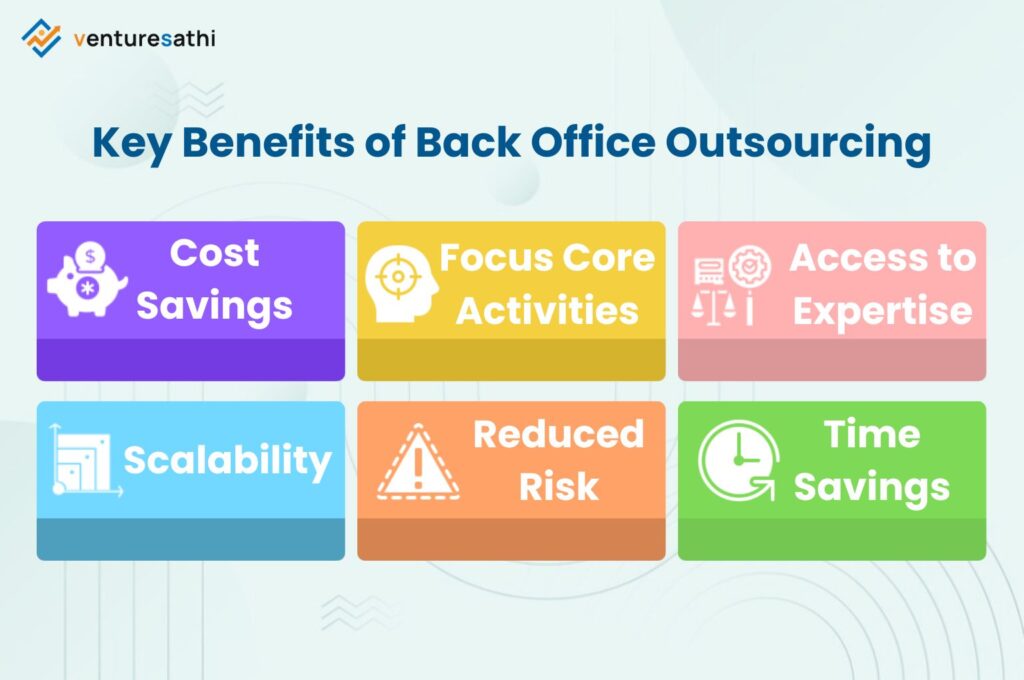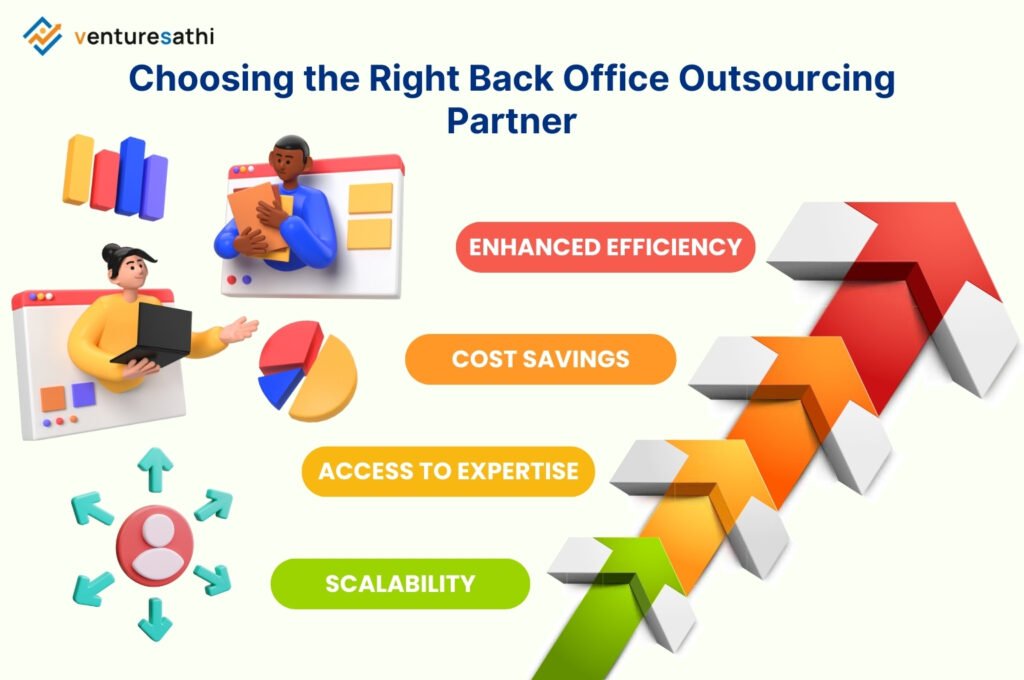
Electronic commerce, commonly known as e-commerce, has revolutionized the way modern businesses operate. As online shopping grows, a robust e-commerce presence is vital for businesses of all sizes. Analytics is a critical component of e-commerce. It helps gain insights into customer behavior, preferences, and trends. By analyzing data like website traffic, sales, and customer demographics, businesses can make informed decisions. These decisions optimize their online presence and boost sales.
Analytics also enable businesses to track and measure marketing campaign success. They help improve website design and identify trends in customer behavior. With analytics, businesses can anticipate customer needs. This allows them to adjust product offerings and marketing strategies accordingly.
In this article, we will explore various aspects of e-commerce analytics. We will study global e-commerce platforms and the implementation of data analytics. We will discuss different types of e-commerce analytics and their key challenges. Additionally, we will cover best practices and provide suggestions for emerging e-commerce players. Finally, we will give an overview of the latest trends and technologies in e-commerce.
Global E-commerce Industry at a glance
The global e-commerce industry has expanded drastically over the past decade. It is also expected to expand even further in the future.
Because of the COVID-19 pandemic’s lockdowns and social distancing measures, more people have turned to online shopping. In 2020, e-commerce sales increased by 27.38% to $4.28 trillion, up from $3.36 trillion in 2019.
The following graph illustrates the Market size E-commerce Industry for the years 2019 and 2020. It shows the predicted market size for the year 2024.

Market Size of E-commerce industry; Source: e-Marketer.com
As illustrated above Global e-commerce sales will reach $6.38 trillion by 2024, representing an 12.27% compound annual growth rate (CAGR) from 2020 to 2024.
According to recent industry projections, Brazil will lead the world in retail e-commerce development with a compound annual growth rate (CAGR) of 14.6%. Argentina, Turkey, India, Mexico, Russia, South Africa, China, and Italy are also among the fastest-growing e-commerce markets. Their CAGRs exceed the global retail e-commerce CAGR, estimated to be 11.3%. This rapid growth in these countries is due to factors like infrastructure growth and an increase in the number of internet users.

Title: Retail e-commerce sales compound annual growth rate (CAGR) from 2023 to 2027 Source; Statistica 2023
When it comes to e-commerce platforms, there are a few industry giants that stand out. These platforms have proven to be reliable and effective, serving the needs of both small and large businesses. Among the largest platforms in the global industry are WooCommerce, Squarespace Online store, Woo Themes, Shopify, WixStores, and Amazon. WooCommerce is a popular open-source plugin for WordPress that offers a range of features and extensions. Squarespace Online store is known for its user-friendly website builder. While Woo Themes is a WordPress plugin that offers customizable designs and features.
Shopify is a leading e-commerce platform that provides a wide range of features, including customizable storefronts, payment processing, and marketing tools. WixStores is another popular website builder that allows businesses to set up an online store quickly and easily. Finally, Amazon is a massive online marketplace that enables businesses to sell products directly to consumers. These platforms offer a variety of options for businesses of all sizes and are constantly evolving to meet the changing needs of the e-commerce industry.

In the next section, we will see the differences between brick & mortar stores and E-commerce.
Brick and Mortar store vs. E-commerce
Brick-and-mortar stores, also known as physical stores, have been a traditional way of shopping for years. With the advent of technology, e-commerce has emerged as a new way of shopping. While both brick-and-mortar stores and e-commerce have their own set of advantages and disadvantages, they offer distinct shopping experiences.
Brick-and-mortar stores offer the advantage of allowing customers to physically touch and see the products before buying. On the other hand, e-commerce provides the convenience of shopping from anywhere, anytime, with a wider range of products often at lower prices.
Some of the key reasons why businesses are taking the e-commerce businesses routes are:
- Higher overhead costs: Physical space is required for brick-and-mortar stores, which can be costly to rent or buy. They also need employees to staff the shop and may have other overhead costs such as utilities and maintenance. This can make it difficult for brick-and-mortar stores to compete with e-commerce businesses on price. E-commerce eliminates the need for businesses to maintain a physical storefront, reducing costs associated with rent, utilities, and staffing.
- Limited hours: Because brick-and-mortar stores typically have set hours of operation, customers with busy schedules may find it difficult to shop. Customers can shop when it is convenient for them because e-commerce businesses are open 24 hours a day, seven days a week.
- Limited geographic reach: Typically, brick-and-mortar stores can only serve customers within a certain geographic area. Customers can be served by e-commerce businesses from anywhere in the world, making it easier to reach a larger customer base.
- Limited product selection: Due to physical space constraints, brick-and-mortar stores are frequently limited in the number of products they can carry. Because they don’t have to worry about physical space, e-commerce businesses can offer a wider range of products.
- Personalization: Through targeted marketing and personalized product recommendations based on their browsing and purchasing history, e-commerce businesses can personalize the shopping experience for customers. Brick-and-mortar stores can also provide personalized service, but doing so on a large scale can be difficult.
- Convenience: E-commerce businesses allow customers to shop from anywhere at any time, which may appeal to customers who do not have the time or desire to visit a physical store.
- Increased sales: E-commerce platforms provide businesses with the ability to sell products 24/7, leading to increased sales and revenue.
Despite the differences, both brick-and-mortar stores and e-commerce have their place in the retail landscape, and the best approach is to offer a seamless shopping experience that combines the strengths of both.
E-commerce expansion and its success formula
E-commerce is rapidly expanding around the world, and its success can be attributed to a variety of factors, including increased internet and mobile penetration, improved logistics and payment infrastructure, and changing consumer behavior. Here are some key elements of any successful e-commerce platform:
- User-friendly interface: Any e-commerce platform must have a user-friendly interface. When browsing, searching, and purchasing products online, consumers expect a simple and intuitive experience.
- Diversity: Offering a diverse product range that caters to different consumer preferences and needs can help e-commerce platforms attract a larger customer base.
- Secure and dependable payment methods: Secure and dependable payment methods are essential for any e-commerce platform. Credit/debit cards, digital wallets, and bank transfers are among the payment methods available.
- Fast and dependable delivery: On-time and dependable delivery is an important aspect of the e-commerce experience. Providing various delivery options, such as same-day or next-day delivery, as well as a tracking system, can improve the customer experience.
- Customer service: Providing excellent customer service can help to increase customer loyalty and improve the overall e-commerce experience. Quickly resolving customer queries and complaints can be aided by providing prompt and helpful customer service via various channels such as email, phone, or chat.
- Marketing and promotion: To raise brand awareness and attract new customers, e-commerce platforms must invest in marketing and promotion. Using digital marketing channels like social media, email, and search engine optimization can help you reach a larger audience.
- Personalization: E-commerce platforms that provide personalized recommendations based on customer preferences and behavior can improve customer satisfaction and increase sales.
We’ll look at how data analytics can be used in e-commerce in the following section.
Application of data analytics in E-Commerce
There are several steps involved in implementing data analytics in e-commerce:
- Identify key performance indicators (KPIs): Identify KPIs essential for e-commerce business success, such as conversion rates, average order values, and customer acquisition costs, to inform data analytics.
- Data collection: The next step is to collect data from various sources, such as your website, social media platforms, and customer relationship management (CRM) systems.
- Data analysis: Data must be analyzed to extract meaningful insights for intelligent decision making by stakeholders.
- Data Visualisation: Data must be visualized in a way that makes it easy to understand and interpret.
- Act on insights: The final step is to act on the insights derived from the data. This may involve making changes to your e-commerce strategy, such as optimizing your website design or adjusting your pricing strategy, based on the insights gleaned from the data.

Use cases of Ecommerce Analytics
Data analytics can be used to improve e-commerce operations in several ways:
- Customer segmentation: Data analytics can help e-commerce businesses segment their customers based on demographics, behavior, and preferences. By understanding their customers better, e-commerce businesses can tailor their marketing messages and product offerings to meet their customers’ needs and expectations.
- Product recommendations: Data analytics can be used to make personalized product recommendations to customers based on their purchase history, browsing behavior, and preferences. It leads to increased customer satisfaction.
- Inventory management: Data analytics can help e-commerce businesses optimize their inventory levels by providing insights into product demand and seasonality. This can help businesses reduce inventory costs and improve profitability.
- Pricing optimization: Data analytics can help e-commerce businesses optimize their pricing strategies by providing insights into competitor pricing and customer behavior. By setting prices that are competitive and reflective of customer demand, e-commerce businesses can increase sales and profitability.
- Website optimization: Data analytics can help e-commerce businesses optimize their website design and user experience by providing insights into website traffic, bounce rates, and conversion rates. It increases the sales and customer satisfaction.
The following visualization depicts some of the popular use cases of E-commerce analytics:

Benefits of E-commerce Analytics:
- Pricing analytics can help businesses track the performance of their pricing strategies over time and adjust as needed, it can help businesses identify pricing patterns, set optimal prices, and forecast the impact of price changes on sales and profitability.
- Inventory management analytics can help businesses optimize their inventory levels to reduce costs and improve profitability, it can help businesses identify inefficiencies in their supply chain and make improvements to optimize inventory management.
- Customer behavior analytics can help businesses understand how customers interact with their website or mobile app, optimize the website design and user experience, increase customer engagement, and improve conversion rates.
- Marketing analytics can help businesses measure the success of their marketing campaigns and strategies by tracking metrics such as website traffic, conversion rates, and return on investment (ROI).

Key challenges in doing e-commerce analytics
While e-commerce analytics can provide valuable insights for businesses to improve their operations, there are also some challenges associated with implementing and using e-commerce analytics effectively. Here are some of the common challenges:
- Data quality and integrity: E-commerce businesses often deal with large amounts of data, and the quality and accuracy of that data can vary. Inaccurate or incomplete data can lead to incorrect insights and decisions.
- Data sources integration: E-commerce businesses may need to integrate data from multiple sources, such as sales data, customer data, and website analytics data, to get a complete view of their operations. This can be challenging due to differences in data structures and formats.
- Choosing the right analytics tools and technologies: E-commerce businesses need to choose the right analytics tools and technologies that can handle their data needs and provide the insights they require. This can be challenging given the wide range of analytics tools available in the market.
- Data security and privacy concerns: E-commerce businesses deal with sensitive customer data, and protecting that data is critical for maintaining customer trust. Implementing appropriate data security and privacy measures can be challenging and require significant resources.
- Keeping up with changing customer behavior: E-commerce businesses need to constantly adapt to changing customer behavior and preferences. This requires ongoing data analysis and monitoring to identify trends and make data-driven decisions.
- Cost of implementing and maintaining e-commerce analytics: Implementing and maintaining e-commerce analytics can be costly. This is especially true for small and medium-sized businesses with limited resources. It can be difficult for these businesses to compete with larger competitors who have more resources to invest in analytics.
The following visualization depicts key challenges in e-commerce analytics:
Best practices for implementing data analytics in e-commerce
Implementing data analytics in e-commerce can be very beneficial for businesses as it helps in identifying trends, customer behavior, and areas for improvement. Below are some best practices for implementing data analytics in e-commerce:
- Define your goals: Before you start collecting data, it is essential to define your goals. What questions do you want to answer with your data? What are your business objectives? Having clear goals will help you identify what data you need to collect and analyze.
- Collect relevant data: Collecting data is crucial, but it is equally important to collect the right data. Identify the data points that are relevant to your business goals and ensure you have a system in place to collect the data accurately.
- Use the right analytics tools: There are various analytics tools available in the market. Choose the right tool that meets your business needs and can provide you with the necessary insights.
- Analyze your data regularly: Analyzing your data regularly can help you stay on top of trends, and customer behavior, and identify areas for improvement.
- Optimize your website: Use analytics data to optimize your website, such as improving page speed, optimizing product pages, and improving the checkout process.
- Personalize customer experience: Use analytics data to personalize the customer experiences, such as providing product recommendations based on their browsing history or purchase behavior.
- Monitor your competitors: Monitor your competitors’ data to identify trends and stay ahead of the competition.
- Train your team: Train your team on how to use data analytics tools and how to interpret data. This will help them make data-driven decisions and improve your business’s overall performance.
Tips and suggestions for e-commerce businesses that are just getting started with data analytics
- Choose the right analytics tools: Choose analytics tools that are easy to use and meet your business needs. There are various analytics tools available in the market, such as Google Analytics, Mixpanel, and Kissmetrics, to name a few.
- Collect relevant data: Collecting data is crucial, but it’s equally important to collect the right data. Identify the data points that are relevant to your business goals and ensure you have a system in place to collect the data accurately.
- Analyze your data regularly: Analyzing your data regularly can help you stay on top of trends, and customer behavior, and identify areas for improvement. Set up regular data analysis sessions and use the insights to make data-driven decisions.

In the upcoming section, we will examine the latest e-commerce trends and technologies.
Emerging trends and technologies in e-commerce
Some of the emerging trends and technologies in e-commerce:
Artificial Intelligence (AI) and Machine Learning (ML): E-commerce companies are leveraging AI and ML to personalize the shopping experience for customers, optimize pricing, and enhance supply chain management. These technologies also play crucial roles in fraud detection, customer service improvement, and inventory management.
Voice Commerce: Voice-activated assistants, such as Amazon’s Alexa and Google Assistant, are becoming increasingly popular, and e-commerce companies are using this technology to enable voice commerce. This technology allows customers to place orders, track packages, and receive customer service support using voice commands.
Augmented Reality (AR) and Virtual Reality (VR): E-commerce companies are using AR and VR technologies to provide customers with an immersive and interactive shopping experience. They employ AR and VR to visualize products, allow virtual try-ons of clothes, and preview furniture in a room.
Mobile Commerce: With the rise of smartphones and mobile devices, mobile commerce is becoming increasingly important. E-commerce companies are optimizing their websites and apps for mobile devices and using mobile payments to simplify the checkout process.
Blockchain Technology:
Social Commerce: Social media platforms, such as Instagram and Facebook, are increasingly being used as shopping channels. E-commerce companies are using social media to showcase their products, provide customer service support, and drive sales.
Subscription-based services: Subscription-based services are becoming increasingly popular in the e-commerce industry. Companies are offering subscription-based services for various products. These include beauty products, clothing, and food. This approach provides customers with a recurring revenue stream.
Conclusion
Artificial Intelligence and Machine Learning have revolutionized the e-commerce industry. They have created new use cases for consumers. This has put pressure on traditional retail businesses. These businesses must now keep up in the digital race.
Data is being generated at an unprecedented rate. As a result, data analytics has become essential in the e-commerce industry. To leverage its potential and achieve growth, businesses must develop effective e-commerce strategies. These strategies should include gaining insights into customer behavior, tracking key performance metrics, and optimizing operational efficiency. By utilizing analytics effectively, businesses can achieve their full potential in the e-commerce space and drive growth and success.



Optimizing email images has enhanced my visual branding.